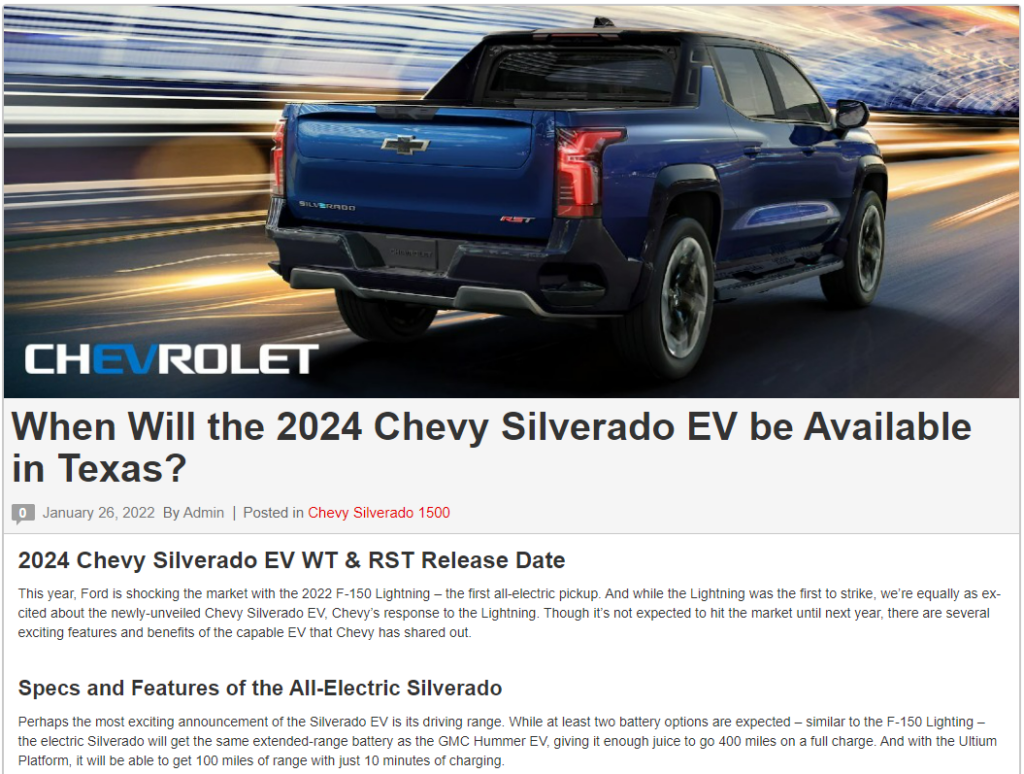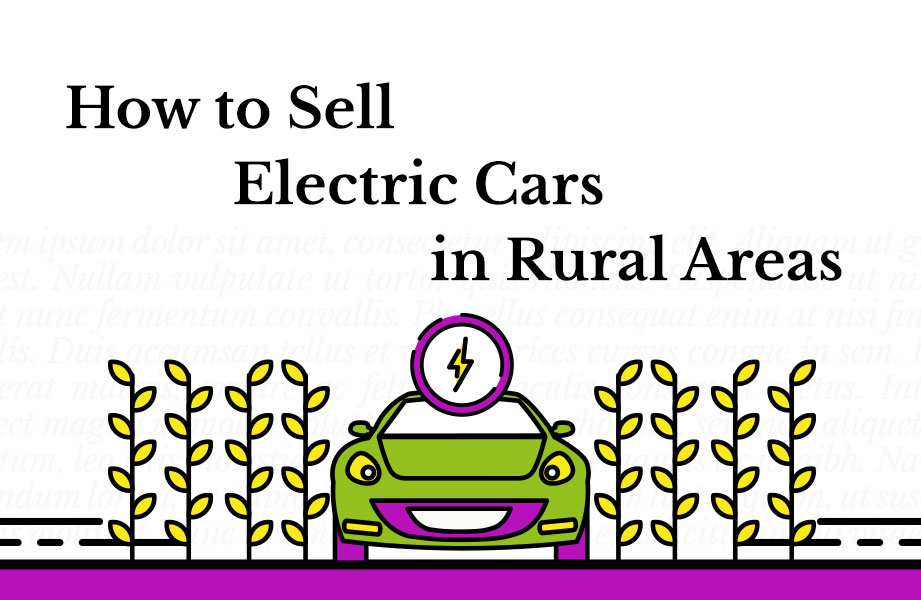In a little more than 100 years, the automotive industry was born and advanced faster than almost any other industry. Electric vehicles are coming. That is just a fact, and every dealership in the United States needs to find a way to communicate the benefits of this technology to its unique set of customers. Dealerships in less populated areas are probably working out how to sell electric cars in rural areas. These customers will have some legitimate concerns that sales teams will need to overcome. Like anything else, the solution lies in finding a way to position the product to highlight its benefits and dispel any lingering myths. Let’s take a look at a few common objections from rural customers to buying an electric vehicle.
“Electric cars are unaffordable!”
This is not only a common obstacle to selling electric vehicles but to selling new or unfamiliar technology, in general. Everything new was once unaffordable to the average person. This was true of televisions, personal computers, and smartphones. People still believe this about electric vehicles, according to 43 percent of respondents to a survey conducted by Consumer Reports in 2020.
Educate Your Consumers: Top Blogging Tips for Car Dealers
Just about every automaker on the planet has a plan to electrify its entire roster over the next 10 years. This kind of investment, combined with the coming price war among manufacturers, will continue to bring the purchase price of EVs down. We are already at a point where EVs are rapidly approaching parity with gasoline-powered platforms. Your sales team will need to present buyers with additional savings to make up the difference. Some points to bring up to hesitant customers include:
- Tax Rebates: Several states offer tax breaks to people purchasing EVs. Federal tax incentives have expired, but there is no reason to believe that a new program won’t be considered in the future.
- Reduced Fuel Costs: Nobody is more aware of the cost of fuel than someone who needs to drive everywhere — a common phenomenon in rural areas. Recent data has shown that EV owners can save about $4,700 over the vehicle’s life versus someone with a traditional gas-powered automobile. Additionally, where the price of oil is volatile, the cost of electricity to the end-user has remained relatively stable over the last several years. The cost to add 100 miles of driving range to a gasoline-powered vehicle has risen almost 51 percent between 2019 and 2022, and the same for EVs has only gone up by less than nine percent*.
- Lower Maintenance Costs: The technology it took to develop electric vehicles has been incredibly complex. However, the end result is a slate of straightforward platforms that actually require very little maintenance. Electric vehicles don’t use oil, so it doesn’t need to be changed. A study from AAA has concluded that an electric car is about 66% less expensive to maintain than a gasoline-powered platform.

Don’t Cancel Your Dealership Marketing While Inventory is Low
“EVs can’t go far enough!”
Range anxiety has been the number one objection to electric vehicles from the start. In the early days of the technology, this was a legitimate concern for buyers, especially those who live in areas where there isn’t much infrastructure to speak of in general. The automotive industry has reached a point where electric vehicle range is measured in hundreds of miles. Currently, many of the most popular EVs on the market today are averaging about 250 miles of driving range. That number is only going to climb as the technology becomes more refined.
“There is nowhere to charge an EV!”
It’s true that we are still in the very early days of broadly available electric vehicles, and the necessary support infrastructure is lagging behind a bit. However, that is also rapidly changing. There are about 100,000 publicly available charging stations in the United States right now. The government has plans to help raise that number to around a half-million over the next few years.
Additionally, most modern EVs can be easily charged at home using a regular 120-volt outlet. Just like you plug in your phone to charge it at night, customers can affordably do the same thing with their EVs. Several automakers offer fast-charging kits for 240-volt systems to shorten the time needed to replenish a battery completely. Remember, most daily trips won’t even come close to the total electric driving range of the average electric vehicle.
There are a lot of exciting things happening in the automotive industry. Phantom Copy is your partner in helping you navigate these unfamiliar waters. Make an appointment with one of our representatives today if there is something we can do to help.
*Source: U.S. Bureau of Labor Statistics for the electricity rates and U.S. Energy Information Administration for the gas prices.
